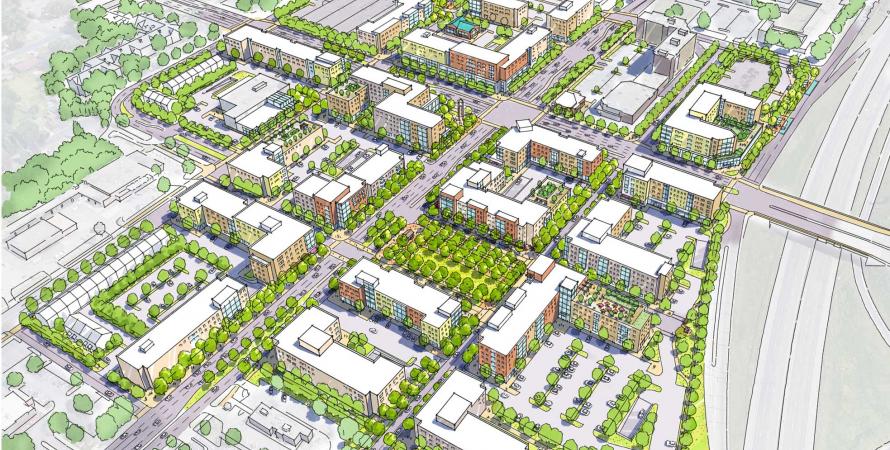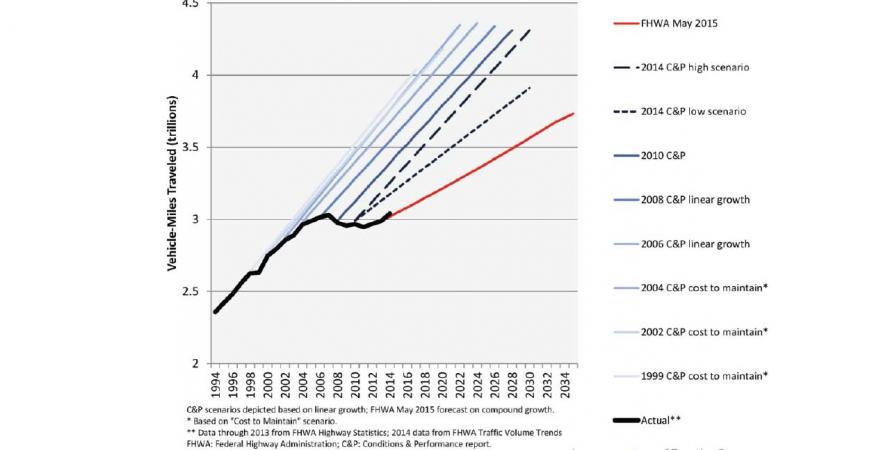-

Transforming a suburban commercial strip corridor
There is nothing so ubiquitous in the American landscape as suburban commercial strip corridors, typically built in the 20 th Century with a variety of single-use buildings, large surface parking lots, buffers, and thoroughfares focused on driving. These corridors have a lot of underutilized land...Read more -

Every traffic projection is wrong
Instead of accepting that dynamic relations of traffic are unknowable and developing a management approach that does not rely on false projections to provide an illusion of certainty, traffic modelers make their models more complicated and opaque.Editor's note: The following is an excerpt from Chapter Six of Confessions of a Recovering Engineer: Transportation for a Strong Town , the latest book in the Strong Towns series. It has been slightly modified for this space. The goal of traffic modeling is not to be right; it is to create a...Read more -

Why we need Observational Urbanism
Putting observation first, and theory second, helped to move the planning profession toward more beneficial city building techniques in the late 20th Century. It continues to be an important test and correction to theories, even new urbanist ideas.Ten years ago, this summer, I wrote an opinion article commemorating the 50 th Anniversary of Jane Jacobs Death and Life of Great American Cities, in which I may have coined the term “Observational Urbanism.” I had not heard the term before, or since, with the exception of presentation earlier this...Read more -

How downtown Oklahoma City did a 180
The city used a bad assessment on walkability, and a skyscraper development, as the impetus and means to transform downtown’s public realm, boosting tourism, the economy, and quality of life.Oklahoma City, which ranked dead last in Prevention Magazine’s 2008 assessment of sizable American cities for walkability, soon after commissioned a report on how to improve conditions for pedestrians downtown. An initial analysis by Speck & Associates found that Oklahoma City’s streets were...Read more